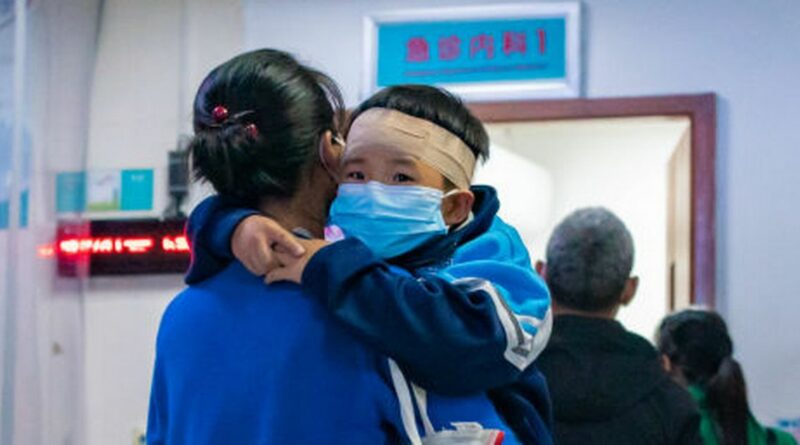Mystery virus in China isn’t one pathogen – it’s several as doctor gives warning
A mysterious virus taking hold of China – and overwhelming hospitals, is not just one pathogen . . . it's several.
The Daily Star reported yesterday how experts were panicking after an undiagnosed form of pneumonia had taken hold in Beijing and Liaoning. And it had taken hold so fast, that it had already been declared as an epidemic by ProMED, the international society for infectious diseases.
A source told them: “Many, many people are hospitalized. They don't cough and have no symptoms. They just have a high temperature (fever) and many develop pulmonary nodules.” Infectious disease specialist Dr Neil Stone took to social media to warn of the outbreak.
READ MORE: Reasons why chicken crossed road revealed as AI claims bird would probably die on M1
For more breaking world news, click here
He wrote on Twitter/X: “The last time I saw reports of an outbreak of undiagnosed pneumonia in China thought, naa…no big deal. Wont amount to much. That was in December 2019. Not making that same mistake again.”
The World Health Organisation appeared sufficiently worried enough to have commented, admitting that it needed more information from China as soon as possible. And that information has now come, with China claiming that the mystery illness can be attributed to “multiple known pathogens”.
A WHO spokesman confirmed: “Chinese authorities advised that there has been no detection of any unusual or novel pathogens or unusual clinical presentations, including in Beijing and Liaoning, but only the aforementioned general increase in respiratory illnesses due to multiple known pathogens. They further stated that the rise in respiratory illness has not resulted in patient loads exceeding hospital capacities.
-
Scientists discover terrifying Stranger Things-inspired ‘Vampire virus’ hiding in soil
“The Chinese authorities advised that, since mid-October, enhanced outpatient and inpatient surveillance has been implemented for respiratory illnesses covering a broad spectrum of viruses and bacteria, including, for the first time, Mycoplasma pneumoniae – this complements existing respiratory surveillance mechanisms and may have contributed to the observed increase in detection and reporting of respiratory illness in children.
“China has systems in place to capture information on trends in influenza, influenza-like illness (ILI), RSV and SARS-CoV-2, pneumonia and other severe acute respiratory infections (SARI), and reports influenza detections to platforms such as the Global Influenza Surveillance and Response System (GISRS). GISRS is led by WHO and used for the international virological and epidemiological surveillance of human influenza.
WHO is closely monitoring the situation and is in close contact with national authorities in China. WHO will continue to provide updates as warranted.”
For the latest breaking news and stories from around the globe from the Daily Star, sign up for our newsletter by clicking here.
Source: Read Full Article




